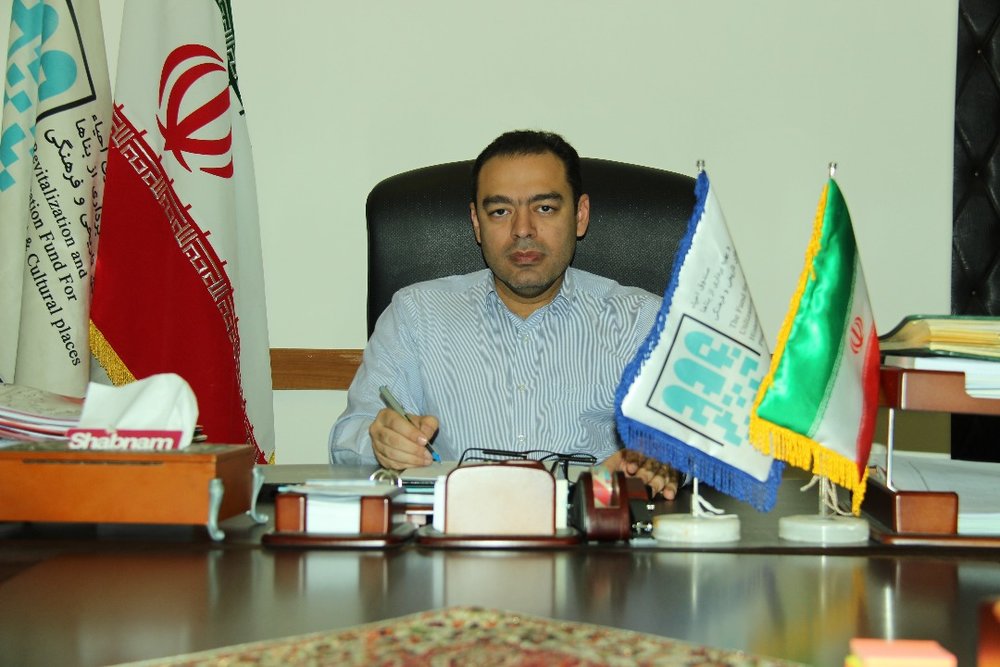Role of museums in improving efficiency of historical buildings

The International Museum Day, May 18, is an important event and a reminder of the 5th statement of the International Council of Museums (ICOM) general assembly, approved on May 28, 1977 in Moscow.
This year, the International Museum Day is concurrent with unprecedented Louvre exhibit in the National Museum of Iran in collaboration with the Cultural Heritage, Handicrafts and Tourism Organization.
Given the popularity of the museum among Iranians, this date can be a turning point in interactions between Iranian and foreign parties in booming the industry in Iran.
On the other hand, on such an important day, the unique capacity of historical monuments in deepening and extending the culture of museum-going and museum management must be taken into consideration with greater diligence.
Nowadays, local and domestic museums, depicting some brilliant parts of Iran’s history and culture, are developing in revived historical buildings. No one can ignore the bond between historical buildings and the old pieces of history. These historical buildings, as ancient bodies, enclose a collection of invaluable pieces from the past, which can create an attractive convergence for domestic as well as foreign tourists. When the attraction of a piece of historic value is echoed in the popular framework of these intra-generation valuable heritages, the stream of life – as the main factor in preserving and reviving the historic buildings – flows inside the veins of these monuments.
In this regard, increasing the interaction of the cultural body of local societies (and more generally, collectors and museum-holders) and historical building beneficiaries in order to open local museums can be a medium-term and long-term strategy for developing museums inside historical buildings. In the current status of Iran, this strategy can help the tourism industry and lead to employment, cultural and economic mobility, human-oriented development, and preserve and introduce valuable social and cultural components.
In reviving historical buildings, museums can be important index for increasing practical aspects of the mentioned buildings. On the one hand, this can preserve the dignity of historical buildings, without imposing any damage to them, on the other hand, provides the background for familiarizing the tourists with the cultural properties of different parts of Iran.
So, the Revival Fund, which is legally responsible for defining the function of historical buildings, embraces such approaches and tries to develop the aforementioned interactions and is ready for providing the required infrastructures (just as what has been implemented in some historical buildings such as Mostofi House in Shushtar, southwestern Iran.)
We hope that this effective bond between historical buildings and local museums will preserve the valuable heritages against the fast track of the recent changes resulted from unsustainable and one-dimensional definitions of development, and help to introduce the rich culture of the people of this ancient land to the world.
(Parham Janfeshan is the CEO of the CHHTO Revival Fund for Cultural and Historic Sites)
